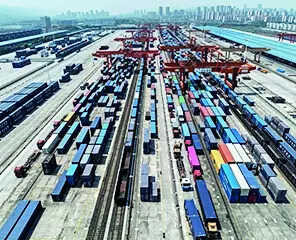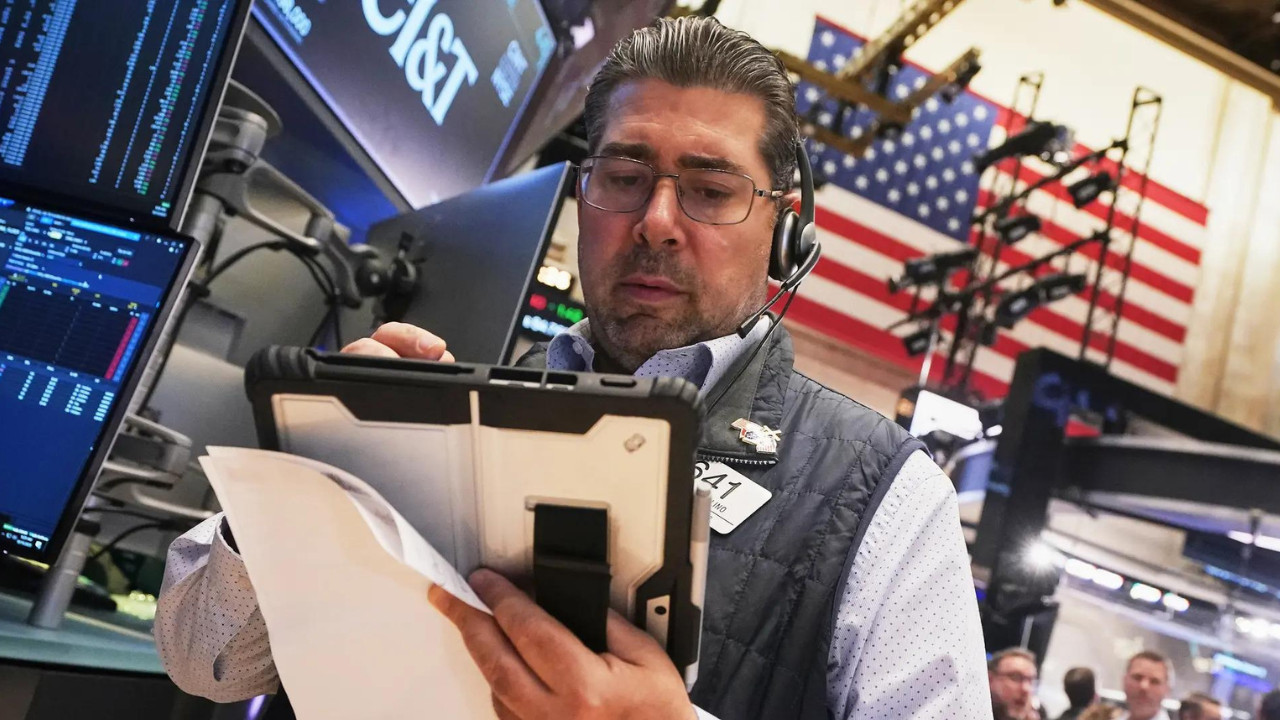Is Trump’s Tariff Gambit the Key to Reshoring, or Just Another Trade War Volley?
Donald Trump is back in the headlines, and this time it’s with a plan that’s got businesses buzzing and economists scratching their heads. He’s proposing a hefty 40% tariff on goods that pass through China, even if they’re ultimately destined for the US from somewhere else. Think of it as a detour tax, aimed squarely at products hopping through Chinese ports or warehouses on their way to American shores. But is this really a game-changer for reshoring manufacturing to the US, or just the opening of another chapter in the ongoing trade saga?
The stated goal is clear: to reduce America’s reliance on China’s manufacturing juggernaut. For years, companies have optimized their supply chains, often routing goods through China for various reasons – consolidation, processing, or simply taking advantage of established logistics networks. This new tariff seeks to disrupt that flow, potentially making it more expensive to utilize China as a middleman.
But will it work? The devil, as always, is in the details.
Imagine a clothing manufacturer in Vietnam. They produce garments destined for US retailers. Currently, they might ship those goods to a distribution center in Shanghai for quality control and repackaging before the final leg to the US. A 40% tariff layered on top of that transshipment could significantly eat into their profit margins. The alternative? Finding a different route, potentially a more expensive or less efficient one.

That brings us to the heart of the debate. Supporters argue that this tariff will incentivize companies to bring manufacturing back to the US, or at least diversify their supply chains to countries outside of China. Suddenly, building a factory in Mexico or investing in domestic production becomes a more attractive proposition. It’s a stick approach to reshoring, designed to make the China route less palatable.
However, critics warn of unintended consequences. The added cost could simply be passed on to American consumers in the form of higher prices. It could also damage relationships with other trading partners who rely on China’s logistics infrastructure. Small businesses, which often lack the resources to quickly adapt their supply chains, could be particularly vulnerable. Furthermore, some argue that it might actually strengthen China’s position by pushing companies to invest more heavily within the Chinese economy to avoid the transshipment tariff altogether.
Another factor to consider is the broader geopolitical landscape. This tariff doesn’t exist in a vacuum. China is likely to retaliate, potentially leading to a full-blown trade war. Businesses need to prepare for escalating tensions and a more unpredictable global trading environment.
The impact on different industries will also vary considerably. Sectors heavily reliant on low-cost manufacturing, such as textiles and electronics, could face the biggest challenges. Companies will need to carefully assess their supply chains, evaluate alternative sourcing options, and factor in the potential for higher tariffs when making future investment decisions. Thinking strategically about reshoring or “near-shoring” becomes a necessity.
The effectiveness of this proposed tariff also hinges on enforcement. Customs officials will need to meticulously track the origin and destination of goods to prevent companies from circumventing the rules. Loopholes could undermine the entire effort, rendering it ineffective.
Ultimately, the success of Trump’s tariff gamble remains uncertain. It’s a high-stakes move with the potential to reshape global trade flows, but also risks triggering unintended consequences and escalating trade tensions. While the idea of reshoring American jobs is appealing, whether this is the right tool to achieve that goal is a question only time will answer. Business leaders and policymakers alike will be watching closely.
Learn more about supply chain diversification strategies to mitigate trade risks.
It’s clear that this proposed tariff is a significant development with potentially far-reaching implications. Businesses must proactively assess their vulnerabilities and develop strategies to navigate this evolving trade landscape. Whether this represents a true turning point towards reshoring, or just another trade war skirmish, remains to be seen.
“`







